Puffy coats are a near-ubiquitous part of a snowshoer’s kit, worn not only on the trail but also frequently spotted around town. But while puffies may seem ever-present in winter sports like snowshoeing, this year, they are celebrating just 100 years since their first use in outdoor recreation. Learn the history of our favorite puffer jackets and different types available for snowshoeing today.
Some of the links in this article may contain affiliate links. When you purchase using these links, part of the proceeds go to Snowshoe Mag. Additionally, as an Amazon Associate, we earn from qualifying purchases. Please see our disclosure for more details.
George Finch’s Eiderdown Jacket: the Modern Puffy Precursor
George Finch, an Australian mountaineer, scientist, and inventor, popularized the use of down. He unveiled his custom-made “eiderdown jacket” on the slopes of Chomolungma as a member of the 1922 British Mount Everest expedition. It was described by a contemporary as “the most wonderful apparatus that will make you die of laughing.” Moreover, Finch’s knee-length eiderdown jacket was a stark departure from the mountaineering kits of the day. Instead of a suit of Norfolk Tweed—worn over several layers of silk, cotton, or wool and topped with windproof gabardine jackets—Finch wore a down-lined jacket made of bright green fabric intended for use on a hot air balloon.
A non-conformist at heart, much more than Finch’s outerwear choice distinguished him from his teammates on the 1922 Expedition. On the predominantly British exploration, the Australian had long hair, was divorced, spoke German, and climbed peaks with modern equipment without professional guides. All of these qualities were a break in the tradition of the time. Furthermore, the outsider had a strong personality and confidence in himself. It was so much so that despite his immense talent for mountaineering, the other team members were dubious of him and his methods. So much so, in fact, that the expedition’s deputy leader remarked, “I always knew the fellow was a sh*t.”
Yet on the slopes of Mount Everest, Finch’s down jacket warmth eventually proved its worth. It helped him and companion Geoffrey Bruce reach a then-record of over 27,000 feet of elevation. As the expedition’s photographer later wrote, Finch had “invented a wonderful green quilted eiderdown suit of aeroplane fabric. Not a particle of wind could get through.” Even Finch noticed the shift in opinion in his journal, writing, “Everybody now envying…my eiderdown coat, and it is no longer laughed at.”
Read More: Ascent of Everest in Beyond the Edge: Hillary’s 12 Reveals for Going the Extra Distance
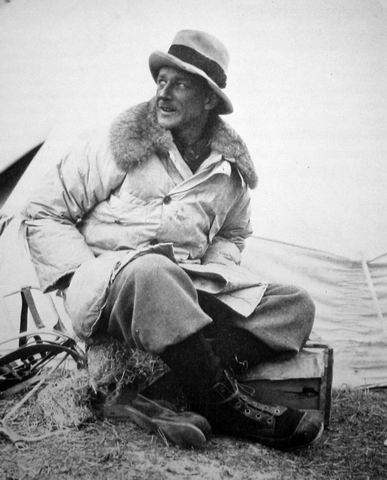
Puffy coat pioneer, George Ingle Finch. Alpine Journal – 1922, Copyrighted free use, via Wikimedia Commons
The Skyliner Jacket and the Invention of the Modern Puffy
Finch demonstrated the value of down jackets at the world’s highest elevations. But, his success didn’t immediately popularize its appeal in outdoor recreation in the United States. That took until 1936, when Eddie Bauer, the originator of the Eddie Bauer brand, designed the Skyliner jacket. Using quilted down (so that all the down didn’t bunch at the coat’s bottom), this jacket also had a story behind it. Bauer had the motivation to create it after almost dying from hypothermia on a hike back from a mid-winter fishing trip on Washington’s Olympic Peninsula.
Patented in 1940, the lightweight-yet-warm Skyliner kickstarted a trend in outdoor apparel. That trend exploded as soldiers returning home from World War II began mail ordering Eddie Bauer products for their adventures. They did so because they were outfitted with those garments during the war. And between the patents and war-worn appeal, Eddie Bauer remained synonymous with quality down gear for the next 20 years. This popularity only increased as the company created specialized down jackets and suits for American expeditions to the Himalayas in the 1950s.
Today, you can learn the history and see the original Skyliner jacket (pre-cursor to the modern puffer jacket) on display at the Seattle Museum of History and Industry.
Puffy Coats for Snowshoeing
Since the Skyliner, puffy jackets have been everywhere, from the peaks of high fashion to statements of hip-hop culture and street credibility. Now a staple of modern recreationists’ kits, puffer designs, functionality, and fill have come far from George Finch’s and Eddie Bauer’s original offerings.
Today’s snowshoers are blessed with many stylish and functional coat options that use various materials as insulation. The amount of insulation used is a good guide to how warm a puffy is—the more insulation used, the warmer the jacket. Also, the type of insulation is a handy clue to the conditions in which it’s best suited. You generally divide puffy coat insulation into three categories: down, synthetic, and active.
Read More: Snowshoeing Dress Code: Tips for What Clothing To Wear
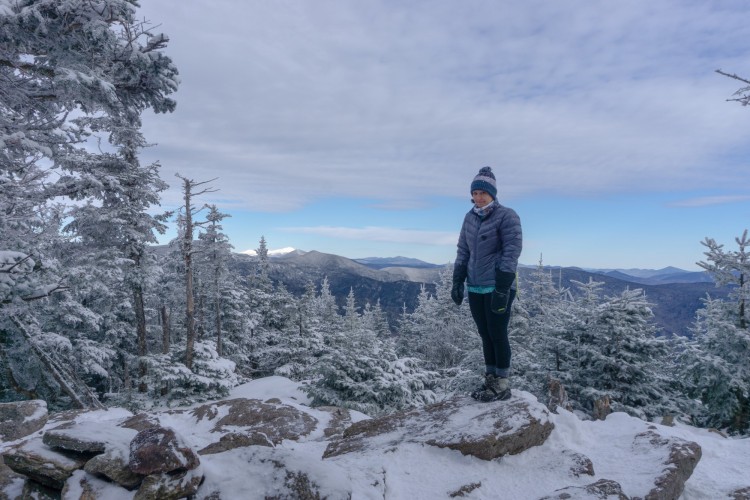
Several puffy coats are available to explore the snow, including the down puffy. Photo: Tim Peck and Doug Martland
Down-Filled Puffies
Down puffies use plumage—the lofty fluff underneath feathers—from geese, ducks, and other waterfowl as insulation. They do not use actual feathers, as many people commonly believe. Down works by trapping air and body heat in tiny pockets. You measure it by its effectiveness and given a fill power—generally between 500-900—which is a measurement of its ability to loft, and its ability to trap heat. The higher the fill power, the more lightweight and compressible the puffy.
Ounce for ounce, down is the warmest insulator and provides superior compressibility compared to its competitors. However, down loses its insulation properties when wet and dries slowly. Water-resistant down—also known as hydrophobic down—remedies some of these issues. It repels moisture better and dries faster than untreated down, but it still lacks the wet-weather performance of other insulators.
Down puffers are best for use in cold, dry weather and when pack space is at a premium. A classic example of this puffy jacket is the men’s and women’s Helium Down Hoodie by Outdoor Research.
Read More: Columbia Knows How To Put In the Power: Powerfly Down Jacket Review
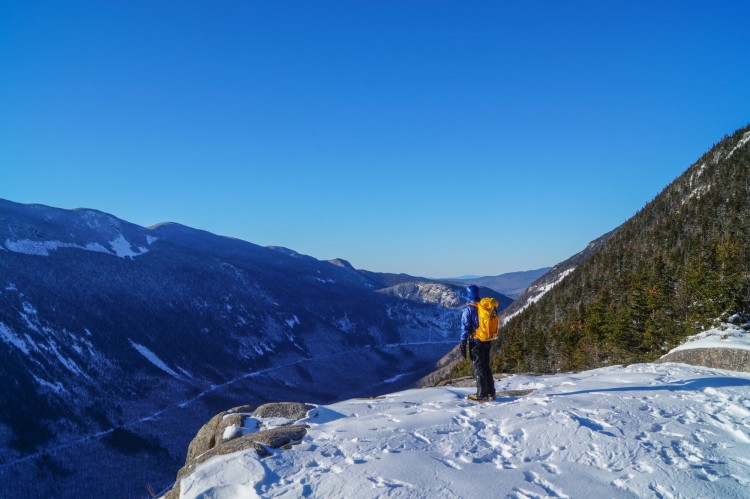
Staying warm in a synthetic puffy while taking in the view of Crawford Notch. Photo: Tim Peck and Doug Martland
Synthetic-Filled Puffies
Synthetic puffies use artificial insulation designed to mimic down’s loft and ability to trap heat. Unlike down, this insulation insulates when wet and dries faster than down. Synthetic insulation is also durable and stands up to hard use, like the repeated stuffing in and pulling out of a winter pack.
The drawback of synthetic insulation is that it doesn’t match down’s warmth-to-weight ratio. Thus, it isn’t as warm and packable as down. There is also no fill power or equivalent method to measure the quality of synthetic insulation.
Synthetic puffers are ideal for use in cold, wet weather. They’re also best in situations when the jacket will come in contact with moisture. A few synthetic examples are the Men’s Icarus Jacket and Women’s Phoenix Jacket by Montane.
Read More: Snowshoeing Gear Favorites
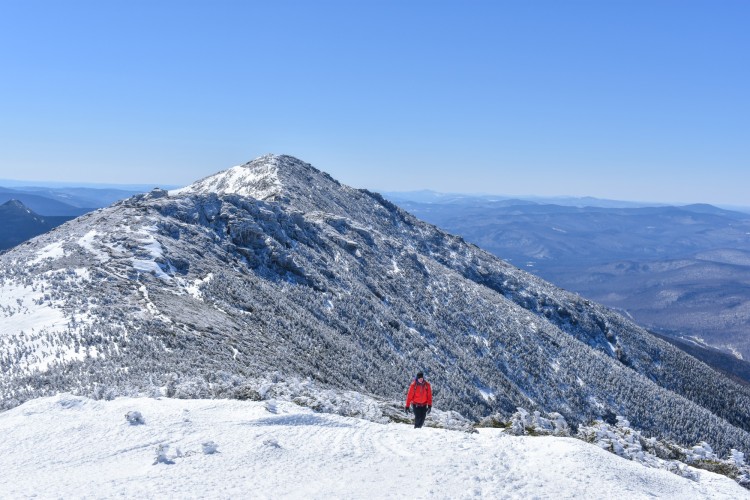
Crossing the iconic Franconia ridge in a puffy with active insulation. Photo: Tim Peck and Doug Martland
Active-Insulation Puffies
The puffer jacket with active insulation is a newer mark in the puffy’s history. It’s becoming increasingly popular among outdoors people on the move, like snowshoers. Active insulation is designed to keep you warm when stopped but truly shine when you’re active. Unlike other insulations, active insulation breathes and releases excess heat.
The downside of the active insulation is that the same properties that allow air to escape from the jacket also allow outside air to penetrate the jacket. This feature makes them great while you’re working but less effective when standing somewhere like a windy, exposed summit.
Puffies with active insulation are great for activities like snowshoeing, especially when freezing out. However, because of their lack of windproofing, they’re best paired with another puffy for days exposed to the elements—like above treeline—or when you have frequent stops planned. Try the men’s and women’s Arcteryx Proton LT Hoodie if you’re looking for a puffy coat with active insulation.
A Puffy for Every Snowshoer
Finch’s ground-breaking puffy did not go unnoticed. Thirty years after his own Mount Everest attempt, he served as an advisor and mentor to Sir Edmund Hilary. Hilary, along with Tenzing Norgay—used the down parkas pioneered by Finch when they became the first people to stand atop Mount Everest. Today, most people are not unfamiliar with George Finch. But you see the legacy of his vision everywhere, from busy city streets to secluded mountain summits.
For more information about Finch and the early attempts on Everest, Into the Silence by Wade Davis provides an excellent history.
What’s your favorite puffy coat? Did you know about the history of the puffer jacket? Please share your insights with us in the comments below.
Read Next: What is the Ceinture Flechee & Why Does Every Winter Adventurer Need One?

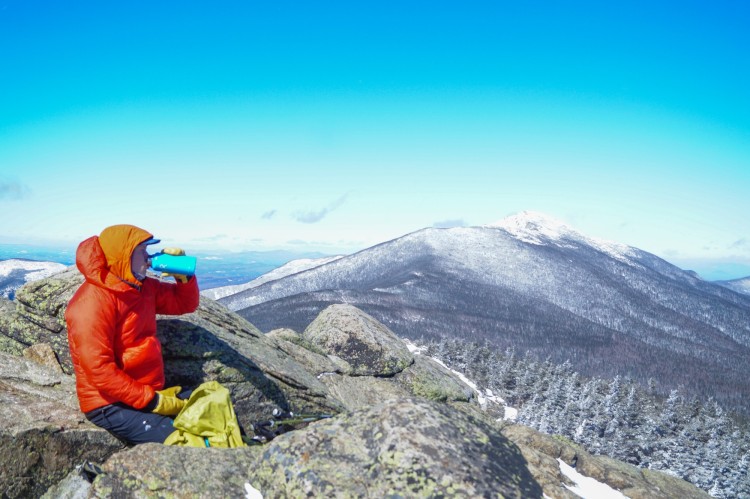
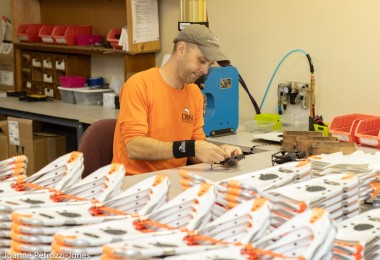
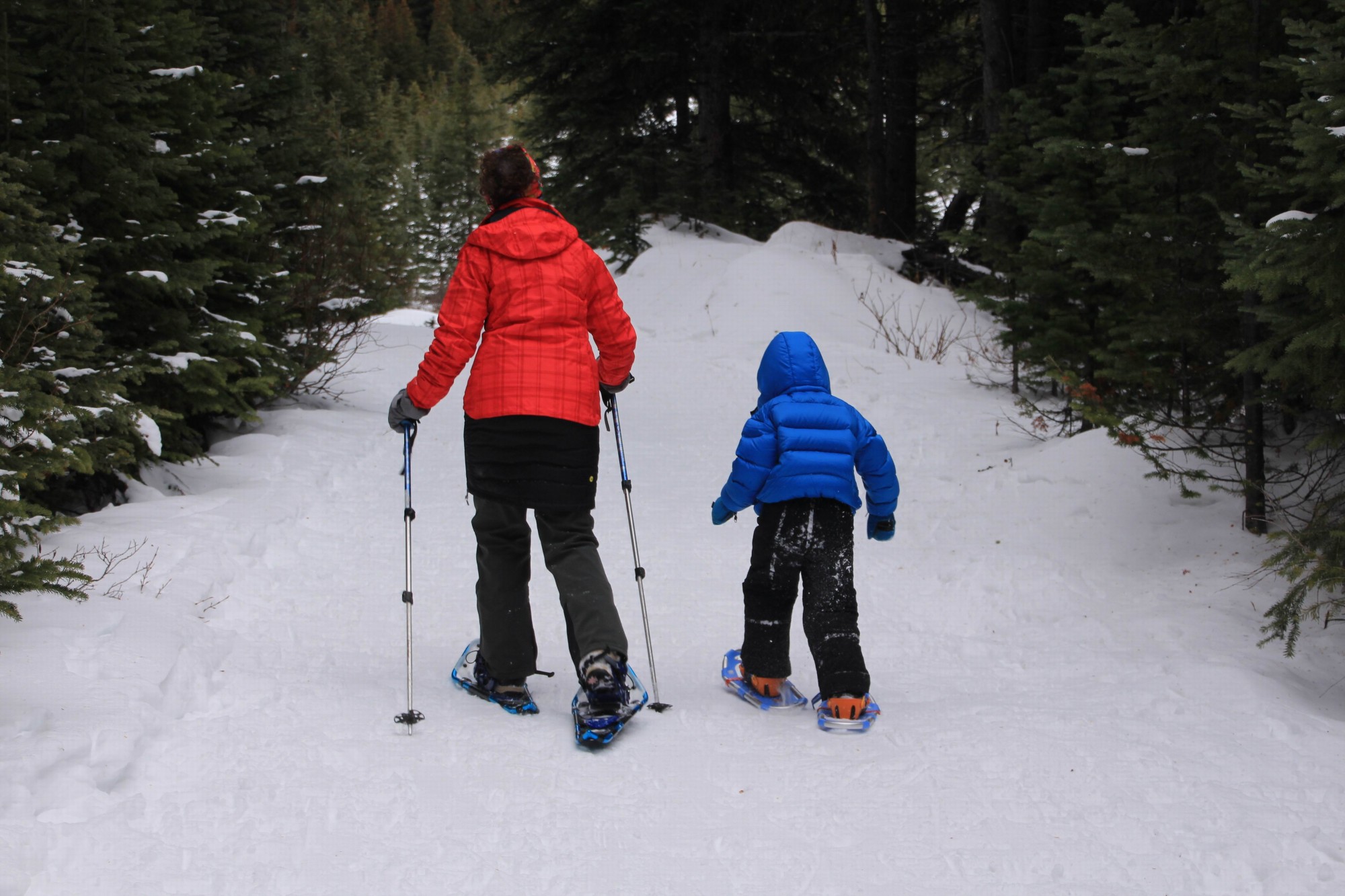
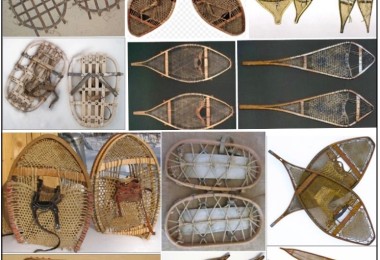
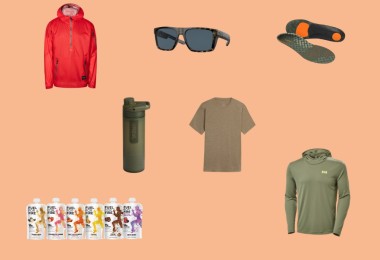

My favorite puffy jackets are the Eastern Mountain Sports Feather Pack hooded jacket for 3 seasons and winter layering, and the Marmot Greenland baffled down jacket for cold temps when stopped.